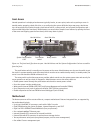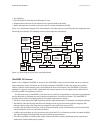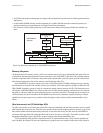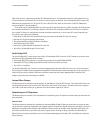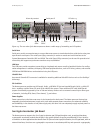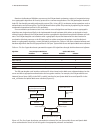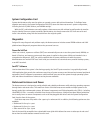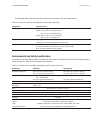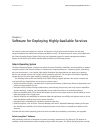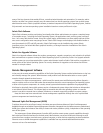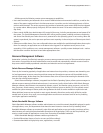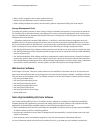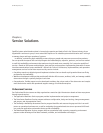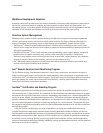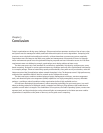
Chapter 5
Conclusion
Today’s organizations are facing many challenges. Telecommunications operators must be on-line 24 hours a day
and systems must be managed to handle peak loads without disruption or service degradation. Computing infra-
structures must scale both horizontally and vertically—without downtime or unnecessary system complexity.
Organizations must find ways to deal with server sprawl and management of thousands of servers in heteroge-
neous environments spread across the globe while keeping corporate and user information secure. As if all these
requirements were not challenging enough, organizations must deploy solutions at lower costs.
The Netra 240 server sets a new standard for cost-effective, expandable, high-density, multiprocessor, server-
based computing. Designed for carrier-grade environments, the Netra 240 server offers sophisticated functionality
in a compact package. Enhanced networking capacity and bandwidth, along with security acceleration, make the
Netra 240 system ideal for applications where network throughput is key. The Netra 240 server’s high-performance,
multiprocessor capabilities make it ideal for network service deployments as well.
The Netra 240 server combines standard advanced system management techniques, remote management
tools, and advanced lights out management (ALOM) capabilities in a highly-manageable, compact, affordable
package—providing a robust foundation to help organizations deliver highly available services.
Sun has been developing high-performance, robust computing technology for over twenty years. In a world
where technology advances at breakneck speeds, companies are looking to forge alliances that enable them to
capitalize on each other’s strengths. The combination of Sun systems, the Solaris Operating System, remote man-
agement tools, and key technologies such as advanced lights out management in the Netra 240 server enables
organizations to capitalize on the power of low-cost, carrier-grade server computing.
Sun Microsystems, Inc. Conclusion P21



